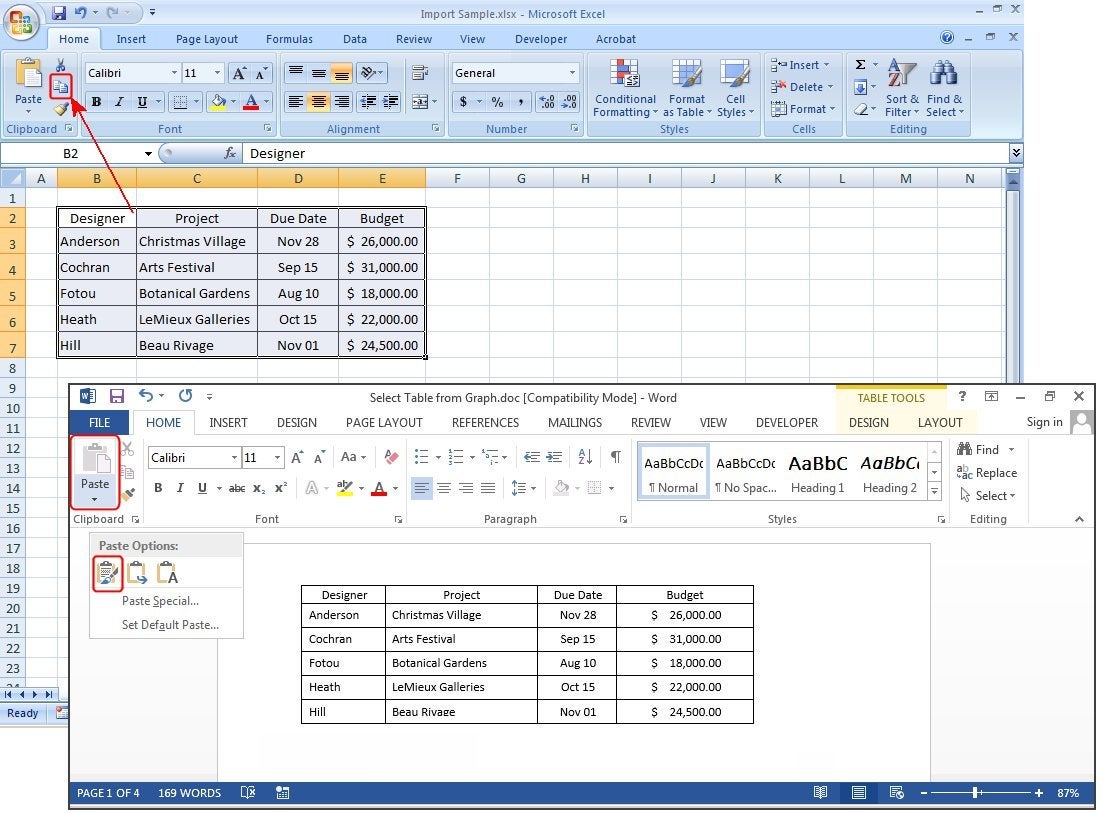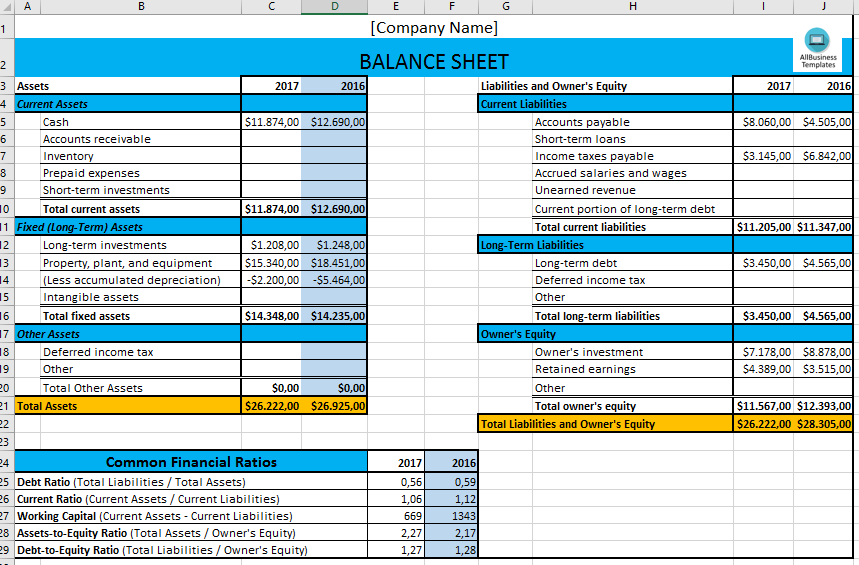Unlocking Password-Protected Excel Sheets: Simple Guide

Introduction to Password Protection in Excel

Microsoft Excel is a powerful tool used by millions worldwide for organizing, analyzing, and storing data. One of its many features includes the ability to lock or password-protect your spreadsheets to safeguard sensitive information or prevent unauthorized access. However, there may be times when you forget the password, or you need to access a file for which you don’t have the password. In this comprehensive guide, we’ll explore various methods to unlock password-protected Excel sheets.
Why Use Password Protection?

Before diving into the methods for unlocking Excel files, let’s understand the necessity of password protection:
- Privacy: Protects sensitive data from unauthorized viewing.
- Integrity: Ensures data remains unchanged or unaltered by unauthorized users.
- Security: Provides a layer of defense against malicious intents.
Methods to Unlock Password-Protected Excel Sheets

1. VBA Macro Method

Visual Basic for Applications (VBA) is a powerful feature of Microsoft Office that can be used to automate tasks. Here’s how you can use a VBA script to unlock a protected Excel sheet:
- Open Excel and press Alt + F11 to open the VBA editor.
- Go to Insert > Module.
- Paste the following code:
Sub PasswordBreaker() Dim i As Integer, j As Integer, k As Integer Dim l As Integer, m As Integer, n As Integer Dim i1 As Integer, i2 As Integer, i3 As Integer Dim i4 As Integer, i5 As Integer, i6 As Integer On Error Resume Next For i = 65 To 66: For j = 65 To 66: For k = 65 To 66 For l = 65 To 66: For m = 65 To 66: For i1 = 65 To 66 For i2 = 65 To 66: For i3 = 65 To 66: For i4 = 65 To 66 For i5 = 65 To 66: For i6 = 65 To 66: For n = 32 To 126 ActiveSheet.Unprotect Chr(i) & Chr(j) & Chr(k) & _ Chr(l) & Chr(m) & Chr(i1) & Chr(i2) & Chr(i3) & _ Chr(i4) & Chr(i5) & Chr(i6) & Chr(n) If ActiveSheet.ProtectContents = False Then MsgBox "Password is " & Chr(i) & Chr(j) & _ Chr(k) & Chr(l) & Chr(m) & Chr(i1) & Chr(i2) & _ Chr(i3) & Chr(i4) & Chr(i5) & Chr(i6) & Chr(n) Exit Sub End If Next: Next: Next: Next: Next: Next Next: Next: Next: Next: Next: Next End Sub - Close the VBA editor, go to your protected sheet, press Alt + F8, select PasswordBreaker, and run the macro.
⚠️ Note: This method can be very time-consuming for longer passwords. Also, make sure macros are enabled in your Excel settings.
2. Online Tools and Services

There are numerous online tools available that claim to recover or bypass passwords in Excel files. Here are some guidelines:
- Use with Caution: Ensure the site is reputable and does not compromise your data security.
- Understand the Risks: Uploading sensitive data online can pose a risk to your privacy.
- Try a Few: Services like LostMyPass or ExcelPasswordRecovery can sometimes work effectively.
3. Hex Editor Approach

If you’re tech-savvy, you can use a Hex Editor to modify the Excel file to remove the password protection:
- Make a backup of your Excel file.
- Open the file in a Hex Editor (like HxD or 010 Editor).
- Search for ‘DPB=’ or ‘DBC=’ (case-sensitive) in the file.
- Delete the string after ‘DPB=’ or ‘DBC=’ until you reach the start of the next data block (usually the end of the line or next valid character).
- Save the file and try to open it in Excel.
⚠️ Note: This method requires a good understanding of hex editing and can potentially corrupt your file if not done correctly.
4. Using Software Tools

Various software tools like PassFab for Excel or iSumsoft Excel Password Refixer can unlock or recover passwords:
- Ease of Use: Often come with user-friendly interfaces.
- Effectiveness: They have high success rates in password recovery.
- Possible Costs: Many tools offer free trials but require payment for full features.
Legal and Ethical Considerations

While these methods can help you regain access to your own files or files for which you have legitimate permissions, they should not be used to access files without authorization:
- Ethical Use: Ensure you’re not infringing on any privacy or security regulations.
- Legal Implications: Unauthorized access to protected data can have legal consequences.
In this guide, we’ve explored several ways to unlock password-protected Excel sheets, from VBA macros to third-party software and even hex editing. Each method has its pros and cons, but the common thread is ensuring you have the right to access the file. Remember to use these methods responsibly, keeping in mind both ethical and legal considerations. Whether you’ve forgotten the password to your own workbook or need to access a file for legitimate reasons, these techniques can help you unlock your data efficiently.
Is it legal to unlock an Excel sheet if I’m not the owner?

+
No, it is not legal or ethical to unlock an Excel sheet without the owner’s permission. Doing so can infringe on privacy rights and violate security policies.
Can I recover a password in Excel using built-in functions?

+
No, Excel does not provide built-in functions to recover or remove passwords. You need to use external methods like VBA, hex editors, or password recovery tools.
Will using a VBA script damage my Excel file?

+
Generally, VBA scripts like the one mentioned won’t damage your file, but they might take a long time to run if the password is complex. Always make a backup before trying any recovery method.



